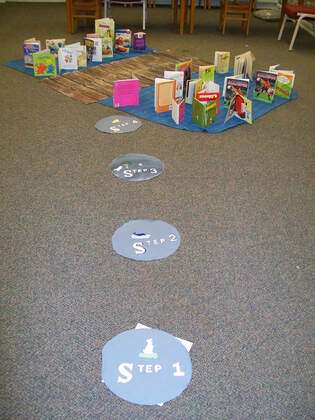
Capture is another word for missed. Instead of saying the child missed the word or the word is wrong, I say that the word is tricky, so, let’s capture it and learn the word. I want children to be challenged but not overwhelmed. Children capture 5 words that they cannot read or spell. They capture and learn each word using the 4 steps (discussed in my 2-14-18 blog post).
Sometimes a student, even a third grader, may only be able to read or complete the work at the Step 1 level. That’s okay. Regardless of a child’s age, each child works through the steps, advancing one step at a time to the best of their ability. All children are encouraged and supported in their accomplishments. The steps and workstations are not labeled or identified by age or grade. First and third graders work side by side at the same workstation, at the same time. As children see improvement, their self-efficacy, their belief that they can learn to read, improves as well. Children who see themselves improving begin to believe in themselves and to believe that, yes, they truly can learn to read.
The step system of progression is stressed by having students begin reading vowel clustered stories (a story that uses only one vowel sound at a time) on the first day. For example, I wrote The Story of At. Every word in the story is built on the at sound: The cat sat at a black hat. The sentences in the story are very simple, so each child who knows the consonant sounds can decode the words and read the story.
 RSS Feed
RSS Feed
